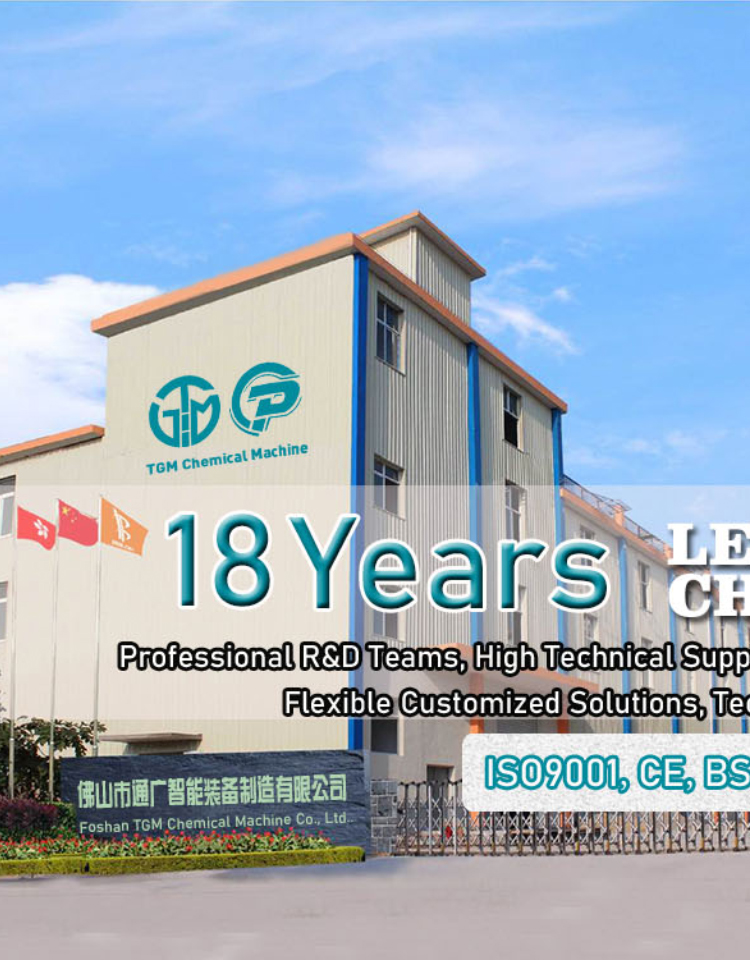Email cannot be empty
Password cannot be empty
Email format error
Email cannot be empty
Email already exists
6-20 characters(letters plus numbers only)
The password is inconsistent
Email format error
Email cannot be empty
Email does not exist
6-20 characters(letters plus numbers only)
The password is inconsistent


Quartz Paint Production Line: Revolutionizing Coating Manufacturing
Introduction
In the world of industrial coatings, Quartz Paint has emerged as a high-performance solution known for its durability, weather resistance, and aesthetic appeal. To meet the growing demand for this specialized coating, manufacturers rely on advanced Quartz Paint production lines that ensure efficiency, consistency, and high-quality output.
In this blog, we’ll explore the key components, processes, and benefits of a Quartz Paint production line, shedding light on how this innovative system operates.
What is Quartz Paint?
Quartz paint is a type of textured coating that incorporates quartz sand or granules to create a durable, decorative finish. It is widely used in:
-
Architectural facades
-
Interior and exterior walls
-
Industrial and commercial buildings
-
Protective coatings for harsh environments
Its unique composition provides excellent adhesion, UV resistance, and long-lasting color stability, making it a preferred choice for modern construction.
Key Components of a Quartz Paint Production Line
A fully automated Quartz Paint production line consists of several integrated systems:
1. Raw Material Handling & Storage
-
Silos & Hoppers – Store raw materials like resins, quartz sand, pigments, and additives.
-
Weighing & Dosing Systems – Precisely measure ingredients for consistent formulation.
2. Mixing & Dispersion System
-
High-Speed Dispersers – Blend resins, solvents, and additives into a homogeneous mixture.
-
Sand Mixers – Integrate quartz sand uniformly to achieve the desired texture.
3. Grinding & Milling (Optional for Fine Textures)
-
Bead Mills / Ball Mills – Refine particle size for smoother finishes.
4. Quality Control & Testing
-
Viscosity & Density Checkers – Ensure the paint meets specifications.
-
Color Matching Systems – Maintain batch-to-batch consistency.
5. Filling & Packaging
-
Automatic Filling Machines – Fill cans, buckets, or drums with precision.
-
Labeling & Sealing – Prepare finished products for shipment.
6. Dust Collection & Environmental Controls
-
Filtration Systems – Minimize dust and VOC emissions for a safer workplace.
Production Process Overview
-
Raw Material Preparation – Ingredients are weighed and loaded into the mixing system.
-
Premixing – Liquid components (resins, solvents) are blended.
-
Quartz Sand Incorporation – Granules are added to create texture.
-
Homogenization – The mixture is thoroughly dispersed for uniformity.
-
Quality Testing – Samples are checked for viscosity, color, and texture.
-
Packaging – The final product is filled into containers and labeled.
Advantages of an Automated Quartz Paint Production Line
✅ High Efficiency – Reduces manual labor and speeds up production.
✅ Consistent Quality – Automated controls ensure uniformity in every batch.
✅ Scalability – Can be adjusted for small or large-scale manufacturing.
✅ Waste Reduction – Precise dosing minimizes material loss.
✅ Safety Compliance – Integrated dust and fume control systems protect workers.
Conclusion
The Quartz Paint production line represents a perfect blend of advanced automation and material science, enabling manufacturers to produce high-quality textured coatings efficiently. As demand for durable and decorative paints grows, investing in a modern production system ensures competitive advantage, superior product quality, and sustainable operations.
Whether you're a paint manufacturer, contractor, or developer, understanding this process highlights the innovation behind the coatings that protect and beautify our built environment.
Would you like to learn more about optimizing your paint production? Contact us today! 🚀

